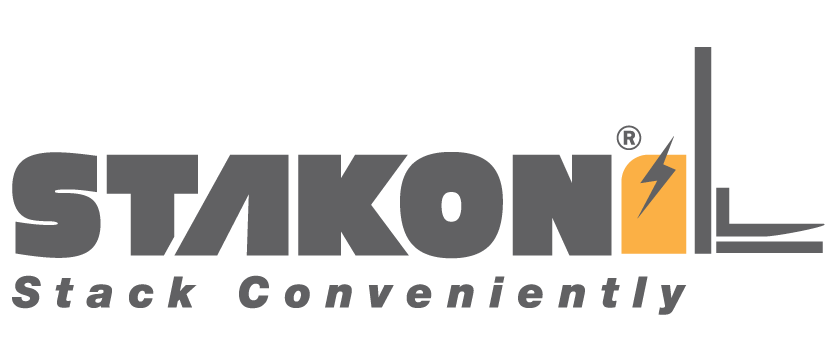An electric pallet stacker is a material handling machine powered by an electric motor, designed to lift and move pallets in warehouse operations.
Frequently Asked Questions
There are various types of electric pallet stackers, including walk-behind stackers, rider stackers, counterbalance stackers, straddle stackers, and reach stackers. Each type has its own unique features and benefits.
The load capacity of electric pallet stackers can vary depending on the model and type. It typically ranges from 1,000 to 3500 Kg, but higher load capacity options are available for specialized applications.
The maximum lifting height of electric pallet stackers also varies by model. Common lifting heights range from 8 to 15 feet, but certain models offer even higher lifting capabilities.
A walk-behind electric pallet stacker is operated by a person walking behind the equipment, pushing or pulling it. A rider electric pallet stacker allows the operator to ride on the equipment while operating it. Rider stackers are generally suitable for larger loads and longer distances.
The choice of electric pallet stacker depends on several factors such as load capacity, lifting height, aisle width, application requirements, and operator preferences. A thorough assessment of your specific warehouse needs will help determine the most suitable type.
Look for safety features such as emergency stop buttons, anti-tip mechanisms, horn, LED lights, operator presence sensors, and safety guards. These features ensure safer operation and help prevent accidents.
Like any other equipment, electric pallet stackers require regular maintenance to ensure optimal performance and longevity. This includes inspecting and lubricating components, checking battery levels, and addressing any issues promptly.
Many manufacturers offer customization options for electric pallet stackers. This allows you to add attachments, adjust lift heights, modify fork dimensions, or select different battery options based on your specific needs.
Before purchasing, it’s important to inquire about the after-sales services provided by manufacturers. This may include warranty coverage, technical support, availability of spare parts, service contracts, and training programs for operators.
